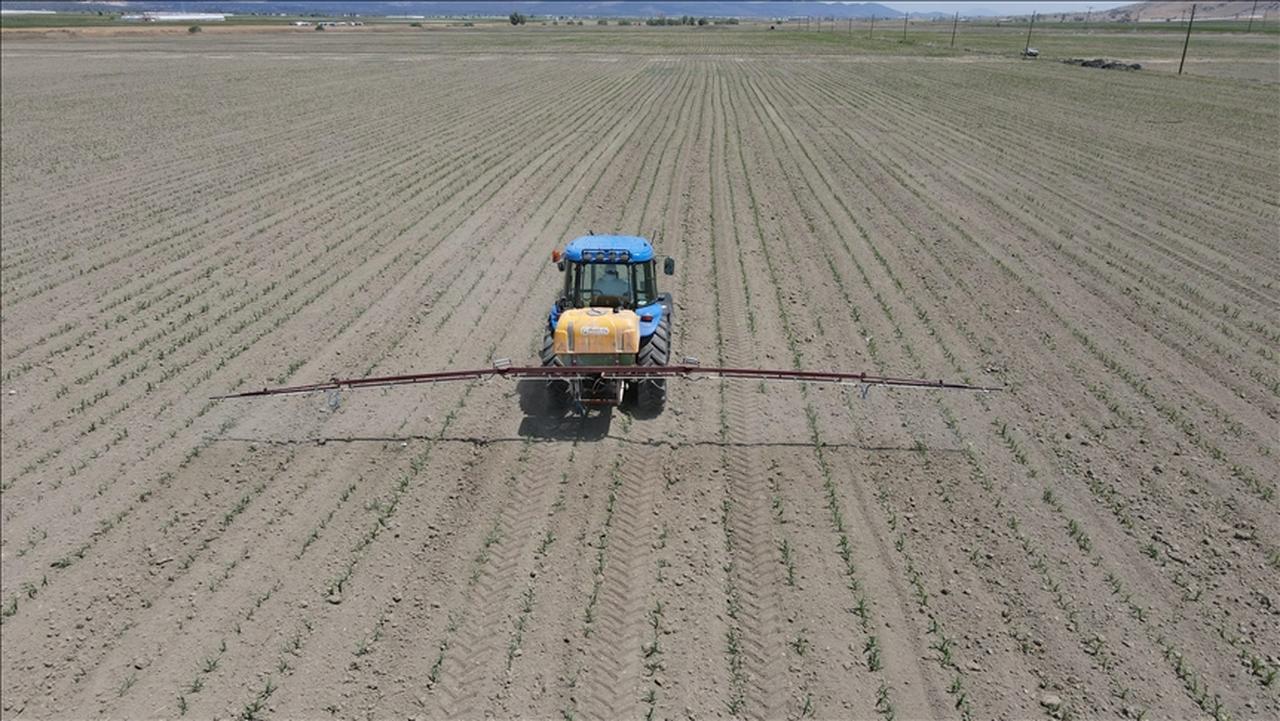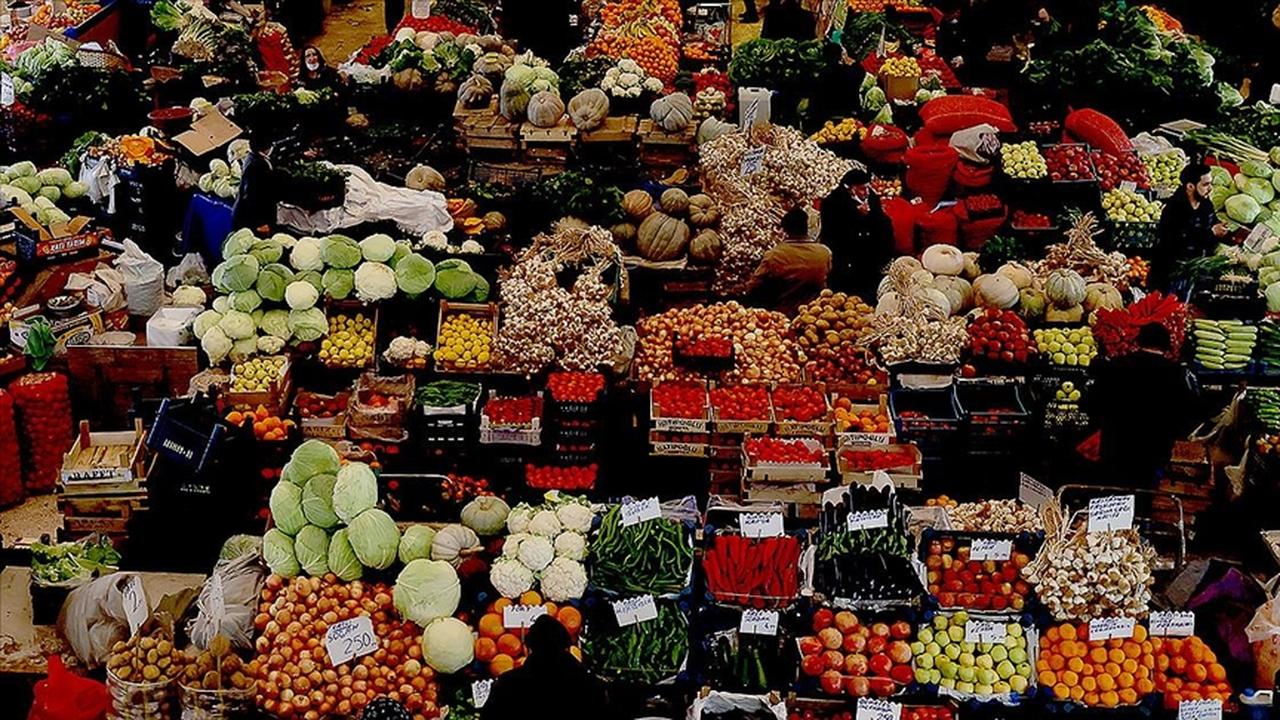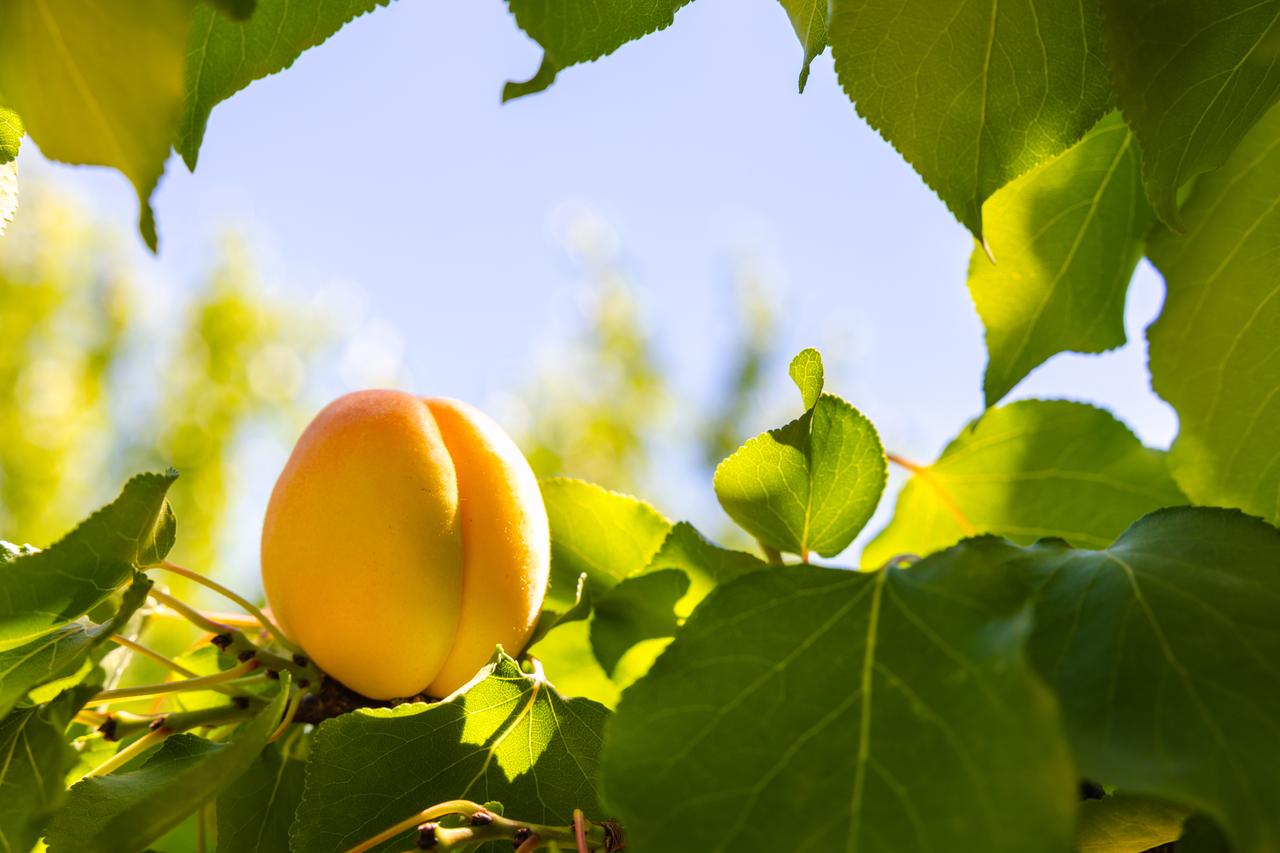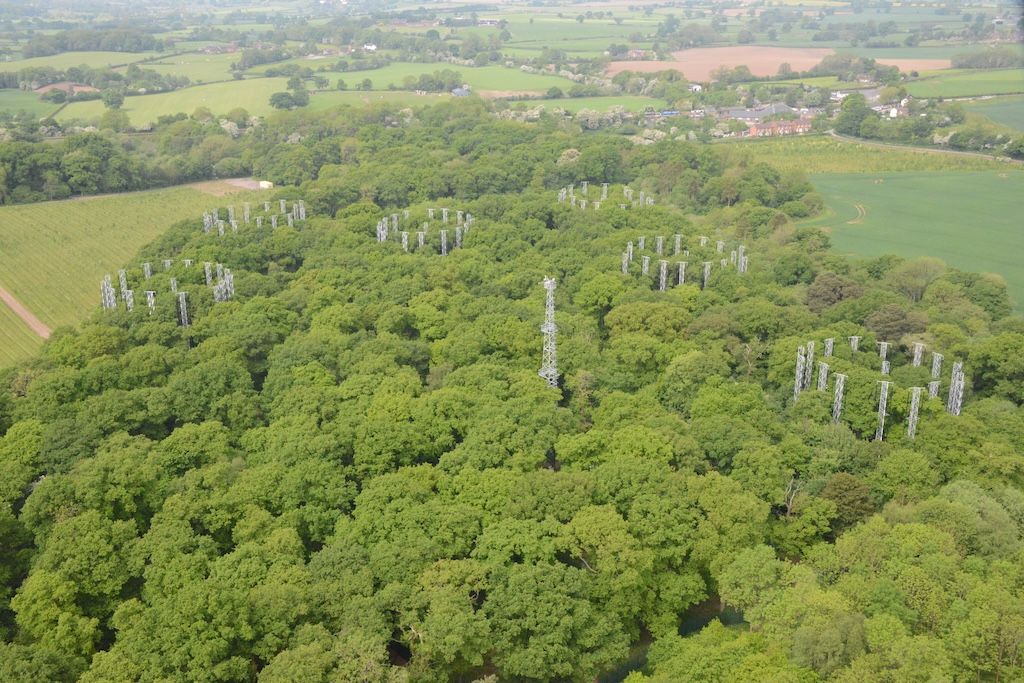
In Türkiye, the landscape of farming is not what it used to be. Wheat plains of Konya to olive groves of Aydin, tell-tale signs of climatic change have started to smudge centuries old patterns of agriculture. What used to work based on solid seasonal indicators is being compounded by long spells of droughts, water scarcity and unpredictable temperature changes.
The Turkish State Meteorological Service (June 2025) reports that average temperatures in Anatolia have already increased by 1.9°C (35.4°F) since the year 2000 and the amount of rainfall has already dropped by 15% over the past ten years. The changes have brought most farmers in arid southeastern provinces such as 015; Sanliurfa and Mardin to the verge of collapse.
Drastic climate changes such as spring hailstorms and summer heat waves, which have set new records, have rippled hectares of crops in a single night. Türkiye wastes about ₺7.4 billion ($291.62 million) of agricultural income in a single year because of the disruption caused by the climate, the Turkish Statistical Institute (TurkStat) reports.
Dry wells and empty fields as a growing strain
In no other place is this crisis more palpable than in the agricultural lands of Türkiye. Areas reliant on irrigation, like the Closed Basin of Konya, a traditionally fertile plain, have experienced a devastating drop in the available reserves of groundwater. NASA GRACE satellite data shows that the groundwater levels have decreased by 20% in the past 15 years and the sugar beet and sunflower crops that are famous in the region have declined by more than 30% compared to the year 2010.
The effect is not only environmental it is very human. Farmers are losing track of traditional land. Rural depopulation is provided by the fact that young people are flocking to cities such as Istanbul and Ankara. According to a report by the Ministry of Agriculture, more than 120.000 agricultural laborers have migrated to cities during the past two years alone, with many of them using water shortages and failed crops as the last straw.
In central Anatolia, herders of cattle and sheep are also reporting high numbers of deaths of their livestock because of the heat stress, and lack of forage. The Turkish Veterinary Association issues a warning that under the current trends, the prices of meat and dairy can rise by 18% more by early 2026.
In the meantime, the agriculture industry of Türkiye, which depends on exports, is experiencing the heat on the international market. There is an increasing threat to hazelnuts, of which Türkiye produces 70% of the world output. The pest outbreaks that were restricted to particular elevations are now expanding with the warming and endangering the Black Sea crop.

A tractor sprays fertilizer across a newly planted field in central Türkiye, accessed on June 15, 2025. (AA Photo)
How is food security being redefined in Türkiye?
The consequences of a shifting climate are not isolated to rural life—they’re making their way to urban tables. As production becomes more expensive and crops yields reduce, food security in Türkiye is being challenged to the greatest extent in decades. Wheat, tomatoes, and legumes are staple products, the prices of which over the past year have already increased by 12-25 percentage points, as stated in April's Turkish Agricultural Price Index.
National food systems are being subjected to the unstable global supply systems as local markets are now relying more on imports. The shift is disturbing to a nation that had previously prided itself on self-sustaining farms. Rural shortages also imply longer transport chains, greater carbon footprints, which lead to a circular effect and worsen the climate crisis.
The consumers in the cities, particularly Istanbul and Izmir, are already adjusting, and the demand in hydroponic and vertical farming solutions is increasing. Rooftop gardening programs and community-supported agriculture (CSA) models are becoming more popular among environmentally-conscious families, especially as the concept of environmental resilience starts becoming a household matter around the kitchen table.
Yet to ensure the actual food stability, the national-level policies should support these movements. In the absence of organized storage facilities, fair subsidies, and available crop insurance, Türkiye threatens to transform a short-term hitch into a prolonged food problem.

Vendors sell a wide variety of fresh produce, including onions, tomatoes, cabbage, and citrus fruits, at a local farmers' market in Türkiye, accessed on June 15, 2025. (AA Photo)
Can Türkiye adapt to this change before it’s too late?
Governmental and academic institutions are not sitting idle. Türkiye, in turn, has initiated the 2025 National Strategy on Climate-Resilient Agriculture, which includes modernization of irrigation, the introduction of climate-smart crops, as well as early-warning meteorological tools to farmers.
Ege University in Izmir, a national Agricultural research leader has come up with drought resistant strains of wheat and chickpea which are currently being tested in four provinces. Meanwhile, in the capital of Ankara, smart farming startups are adding sensor-based irrigation to aid farmers in making the most out of the water, considering its plot-by-plot basis.
With such innovations, developments are still skewed. Smaller farms (particularly in eastern Türkiye) frequently lack access to capital, training and technology. NGOs such as Turkish Foundation for Combating Soil Erosion (TEMA) are moving in to fill these gaps, yet the task is of astronomical proportions.
Experts say that the resilience of agriculture in Türkiye in the long term should be based on a combination of state investment, private research, and local adaptation. Decision-makers have to combine environmental changes with support of sustainable agriculture and rural entrepreneurship.
With the world temperatures creeping up, the price of doing nothing escalates too. Having a long agricultural tradition and being the important player in the food provision in the region, Türkiye is at the crossroads.










 English (US) ·
English (US) ·